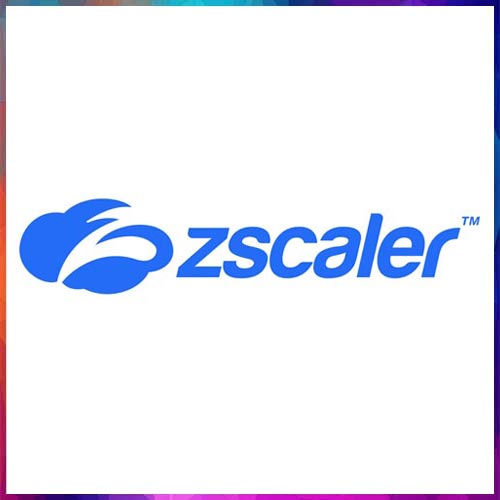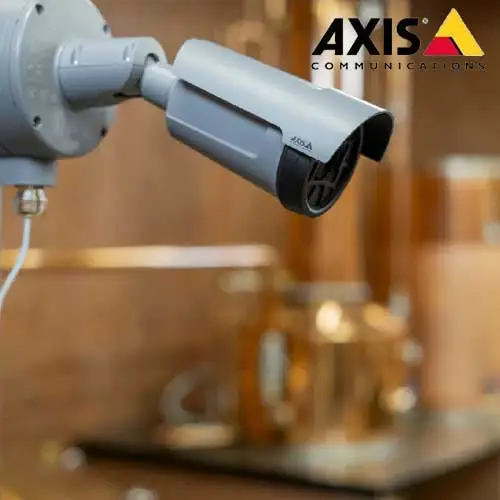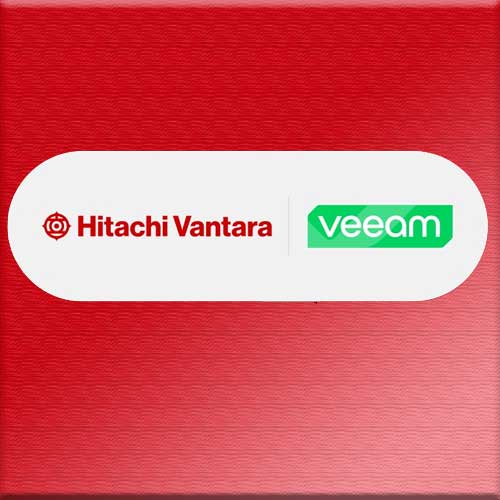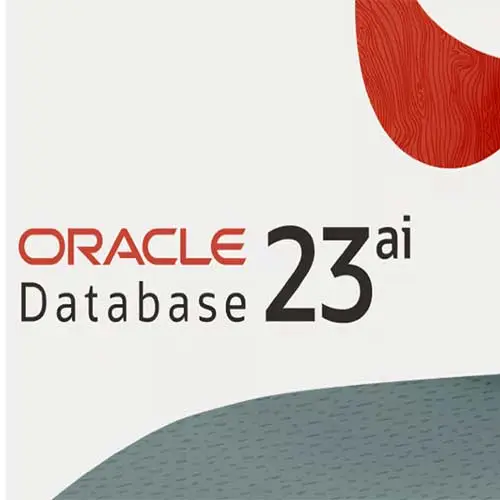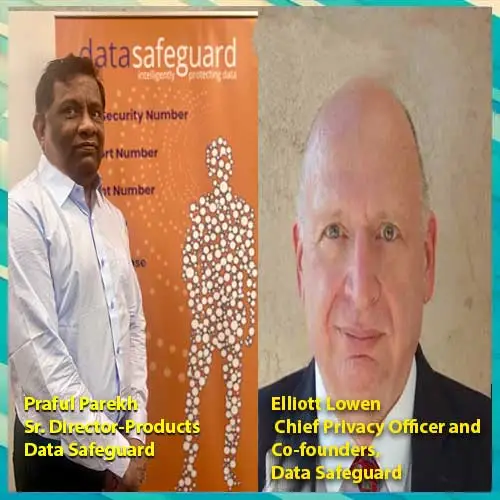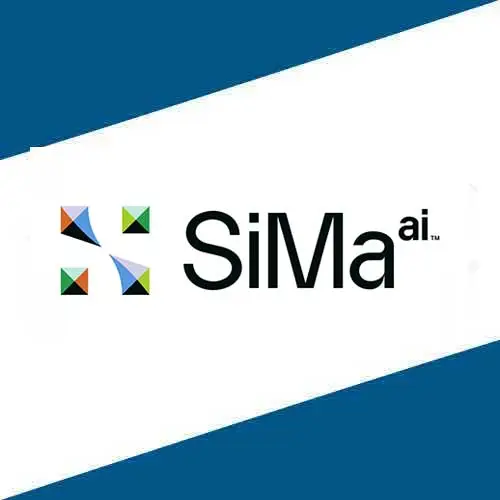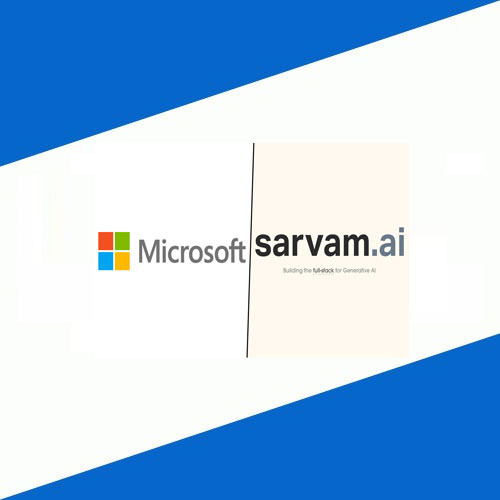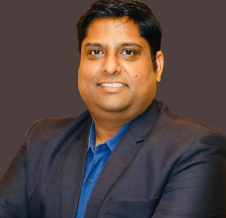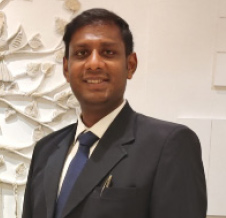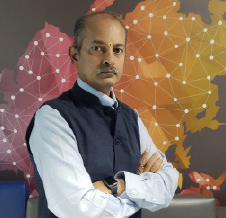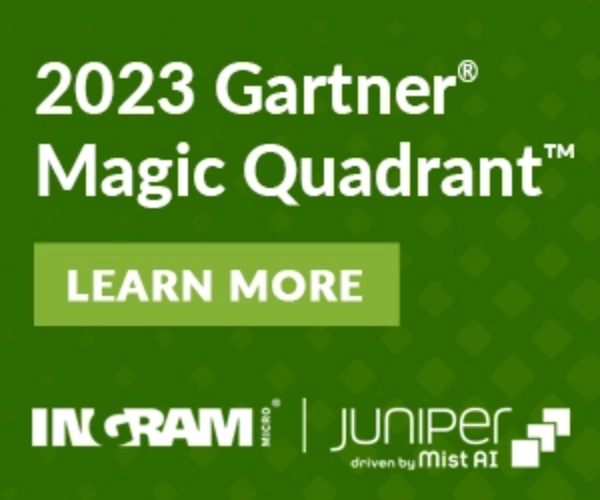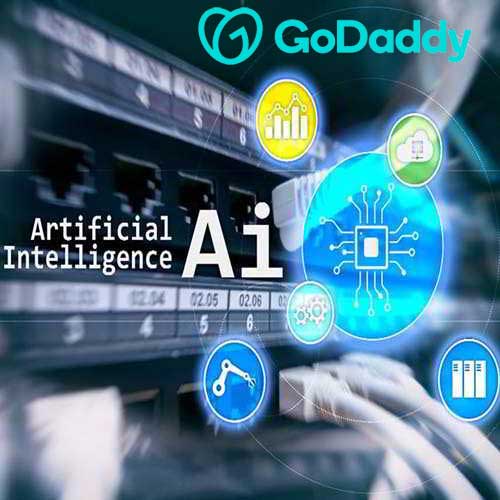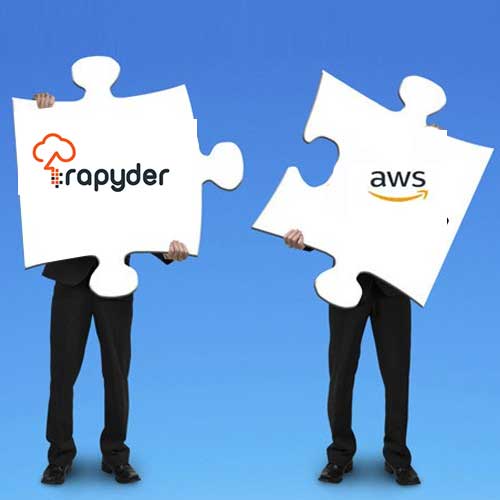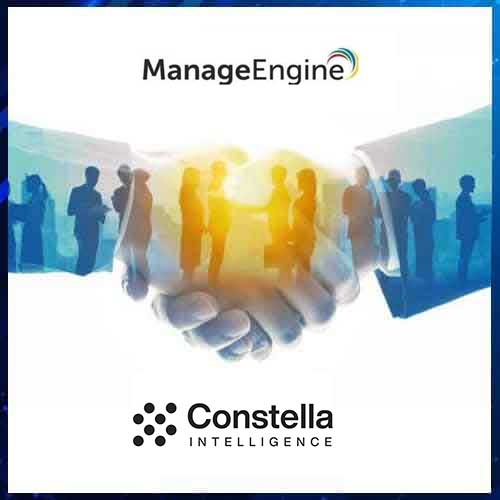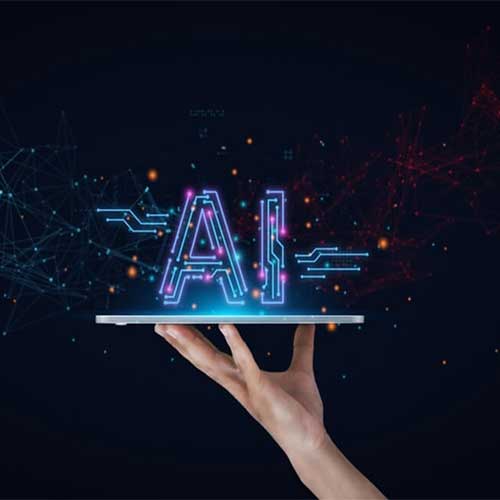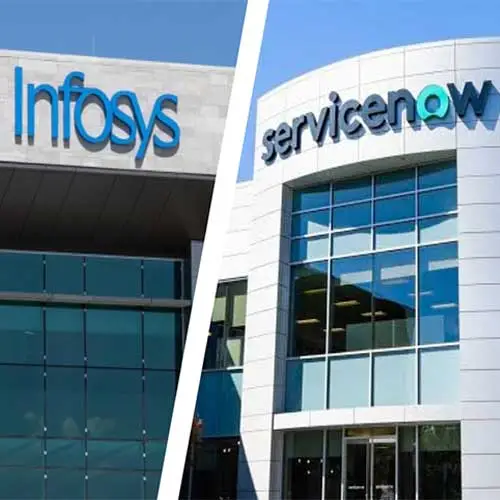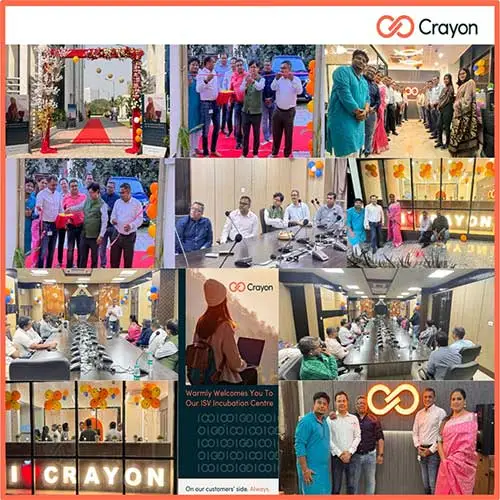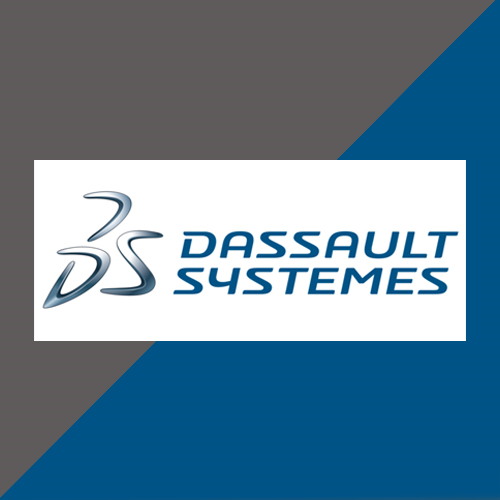People, Tech and Data combine to make a Resilient Workforce
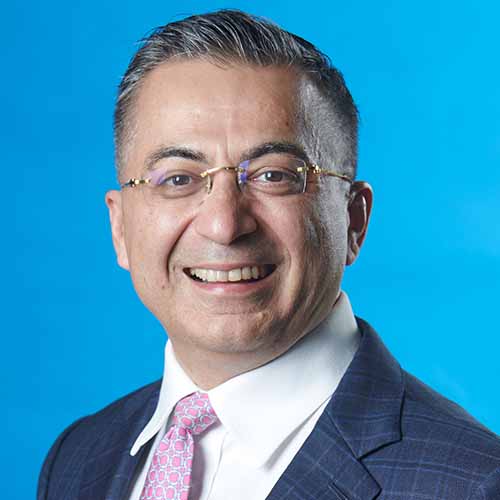
Dell Technologies has always been a frontrunner in technology and innovation. Due to the global pandemic, many organizations are adopting latest technologies to enable their workforce to be work remotely but as a technology giant, Dell Technologies has started this journey from last decade and it has been an upper hand for the organization to continue its business as usual. In a round table conference, Amit Midha, President - Asia Pacific & Japan & Global Digital Cities, Dell EMC and John Scimone, Senior Vice President, Chief Security Officer, Dell Technologies discussed about the redefined work culture, guiding principles of the company during the pandemic, Inversed Rise Matrix and a lot more
Amit Midha, President - Asia Pacific & Japan & Global Digital Cities, Dell EMC
Redefining work and the journey so far
“One of the most dramatic and drastic change we have seen is how we work. Government, education and healthcare industries had to operate virtually in many cases for the first time and now work from anywhere is becoming more permanent fixtures wherever the jobs allow this. As we shift from response to recovery what we have learnt through quick pivots and overnight technology transformation is significant. We must take these learnings forward as we reshape the future of the world. We have to embrace innovation and allow it to happen anywhere. Give people the tools they need and prioritize flexibility as a permanent fixture which jobs allow. Our values in technologies are there to develop new ways of engagement, pro activity and we have to learn from this nomad generation if we can call it as such. We are going to have to take a theme centric approach that is going to be driven by data. Our team members and their health and safety comes first. So, as a company that has built flexibility into our culture for the last decade we continue to see flexible culture combined with the right technology infrastructure can unleash innovation, can create a better work life balance for our people, our future talent and also shrink our environmental footprint. We must continue to re-imagine work not as a place and a time but as an outcome. We must invest in emerging technologies to propel society forward to be resilient in the face of future obstacles.
Before March of this year we had about 30% of our team members working remotely on any given way and 65% of the team members telling us that they will be taking advantage of flexible work environment. In mid-March we shifted 90% of our workforce to remote in one weekend and that is phenomenal. Even if we think about long term we do not see less than 50% of our people being remote even on an ongoing basis. So, that is a pretty significant shift. March we are looking at 30 but in future we are planning ourselves as (+) 50% remote. Even where we have opened the sites our team members are telling us that they would like to have the choice of how and where they work and through our Connect to workplace program we are giving those choices to them. Again of course, this is not isolated to us as a company, we are just seeing that this happened in more and more customers.
Now many of you were in a hurry in your remote at the moment. I think we have seen for the last decade since we have launched Connect to workplace that you can do so and that is why the business is as usual for us today. Now, our work may be different, it is a more office oriented work and so clearly that benefits us but that is a case in most of the customers, that they, you do have a new kind of work that can be done from anywhere anytime and does require a mindset changes to enable those things to happen. What we are seeing is our employees are continuing to work together, learn from each other, have fun at work while being able to prioritize their family and health during this time.
We must continue to re-imagine work not as a place and time but as an outcome. We must invest in emerging technology to propel society forward to be resilient in the face of whatever brings in. And if nothing else we may become more human along the way as well. I think we may learn to empathize better.”
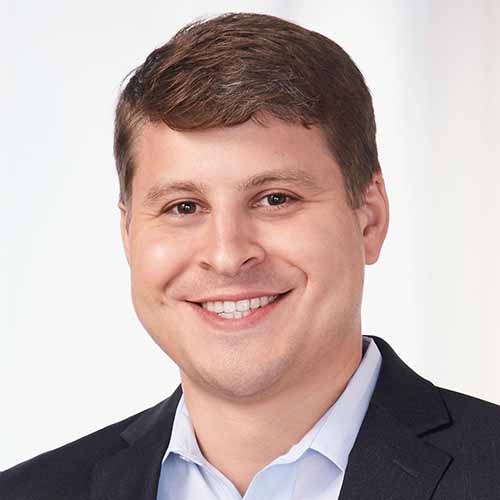 John Scimone, Senior Vice President, Chief Security Officer, Dell Technologies
John Scimone, Senior Vice President, Chief Security Officer, Dell Technologies
Guiding Principles of Dell
“The core guiding principle for all our efforts, opinions, decisions with the company really prioritize as the health and safety of our team members, customers and communities first and foremost. So the approach we have taken whether it be, when to go to a building, when to travel again, whether to host an event in person or to host it digitally, is always taken with a conservative approach with team member’s health and safety in minds. But to achieve a globally consistent approach using medical science, consistent data and putting team member’s health and safety first we found that we needed to implement globally scalable systems to give us that consistency, to leverage the advances that are available in data science to make sure that we are making the best decisions on a daily basis for our team members, customers and communities as a whole. So at the beginning of the crisis as we were walking through some of the key policy decisions we had to make as a company like when do we need to pull our team members out of the facilities and send them home to work, can we hold the event next week in person or is that going to be too risky for the customers and stakeholders who will be visiting us, can our sales team in certain regions or countries continue to fly and visit customers or our service team continue to fly and service customers, these decisions were all oriented primarily around health risk. We have always known around the virus and the spread of the virus which was disproportionately affecting countries and regions as it spread post the start of the infection in China. So what we did at that time was we created a series of risk tools which policymakers across the company whether you are in HR, marketing, sales or security could all look at on a daily basis and make consistently reliable decisions based on the best data available from credible medical sources, government sources that were being made available. As we saw and went through that we had to draw down the company, move again in the middle of March 90% of our workforce over the course of a weekend working remotely. When is it safe to host events in person again? When is it safe to go back to our facilities? When is it safe to begin travelling again? So, what we were able to do organizationally is we used that same data, the same sources, routine medical professionals and consultants experts we are able to ensure they were using the best medical science and intelligence to inform our decisions and we essentially flipped our equations and we built what we call the inverse risk matrix tool which today we are basing our decisions on and helping guide our safe return to our facilities to travel and the other decisions that we need to make as a company.”
Inversed Risk Matrix - Data-driven approach
“This tool is built by Dell’s own data scientists, it is updated daily, pulls from over 15 different key variables that the medical professionals advice or the most pertinent and relevant data points to inform health risk judgments. It uses linear regression analysis to monitor curvature, trends and we also have increasingly some productive qualities about it so we can have foresightfulness in our decision-making. Most importantly it is globally consistent for the company measuring data across a 188 countries in which we operate or travel to. In the cases where credible data is available down to even the state and the providential level across 115 states and local jurisdictions, so what this enables us to do is with our joint team, with representation from HR, sales, government affairs, security, every part of the company at the table making decisions every day, both at the headquarters level as well as all the way down to the country level, we are all looking at the same data using the same tools again with the backbone of hard data science and medical intelligence informing and ensuring that our decisions are consistent, data driven, informed. They are built with a basis of judgment that is conservative in nature, guided by our priority of our team member’s health. So, the system to system integrations that we have created, we actually anticipate we will continue to be able to use for the duration of the pandemic and we will continue to inform our decisions. But this really serves as the foundation and the backbone for some of the core decisions and really are policy making and guiding, however deciding when to return to facilities.”
Return to site – A conservation and phased approach
“But the health risk is not the only factor. It is actually a multi-phase approach that we follow to determine when it is safe and when it is prudent to open a facility back up and brining our team members back in. Of course, it starts with health risk, but we also take into account local conditions – local regulations, government policies. We have local leadership involved at the country and site level, tied in to the local policy makers, the rules, regulations. We are looking at things like our schools back, will our employees be facing a challenge potentially if schools are not back but they are going back the office? We factor all of those local conditions in and make sure that local conditions on the ground are prudent for us to bring employees back. Then, when we do start bringing employees back, we do not just bring everybody back overnight. We have actually gone through the process of phasing out and prioritising all of the roles that we have based on the necessity and importance of them coming back on site, either for productivity reasons or in the rare instances that we find that team members may have local hardship conditions in working remote, whether it may be internet connectivity or other considerations where we need to bring them back into the office to make sure that they are safe and enable the employee to be productive. Then once we begin initiating that Return to Site with the employees, we will be doing it in phases. So we will bring a phase in, we will monitor for 30 or 60 days and we will ensure that the health indicators are still aligned to suggest that it is a healthy environment to come back to, it is safe and prudent to do so before we bring in another phase of employees. And this is done with an extensive health and safety protocol around our facilities lead by our facilities team which follows world leading guidance from the World Health Organisation and other government officials for things like cleaning, sanitisation, socially distancing our desks, making sure that we can space our employees apart, ensuring that we have masks when mobile. So in the rare instances where team members may come with any non-socially distanced proximity with one another, that they are wearing masks and proper protective gear. This is all being facilitated across the globe, across all of Dell’s hundreds of facilities in all of the countries in which we operate. So the key takeaway is that, culture informs policy, policy is implemented by tools and data in a globally consistent way. But really with employing team member health and safety is the first priority, ensuring that we are doing the right thing by our team members, our customers and communities.”
See What’s Next in Tech With the Fast Forward Newsletter
Tweets From @varindiamag
Nothing to see here - yet
When they Tweet, their Tweets will show up here.





